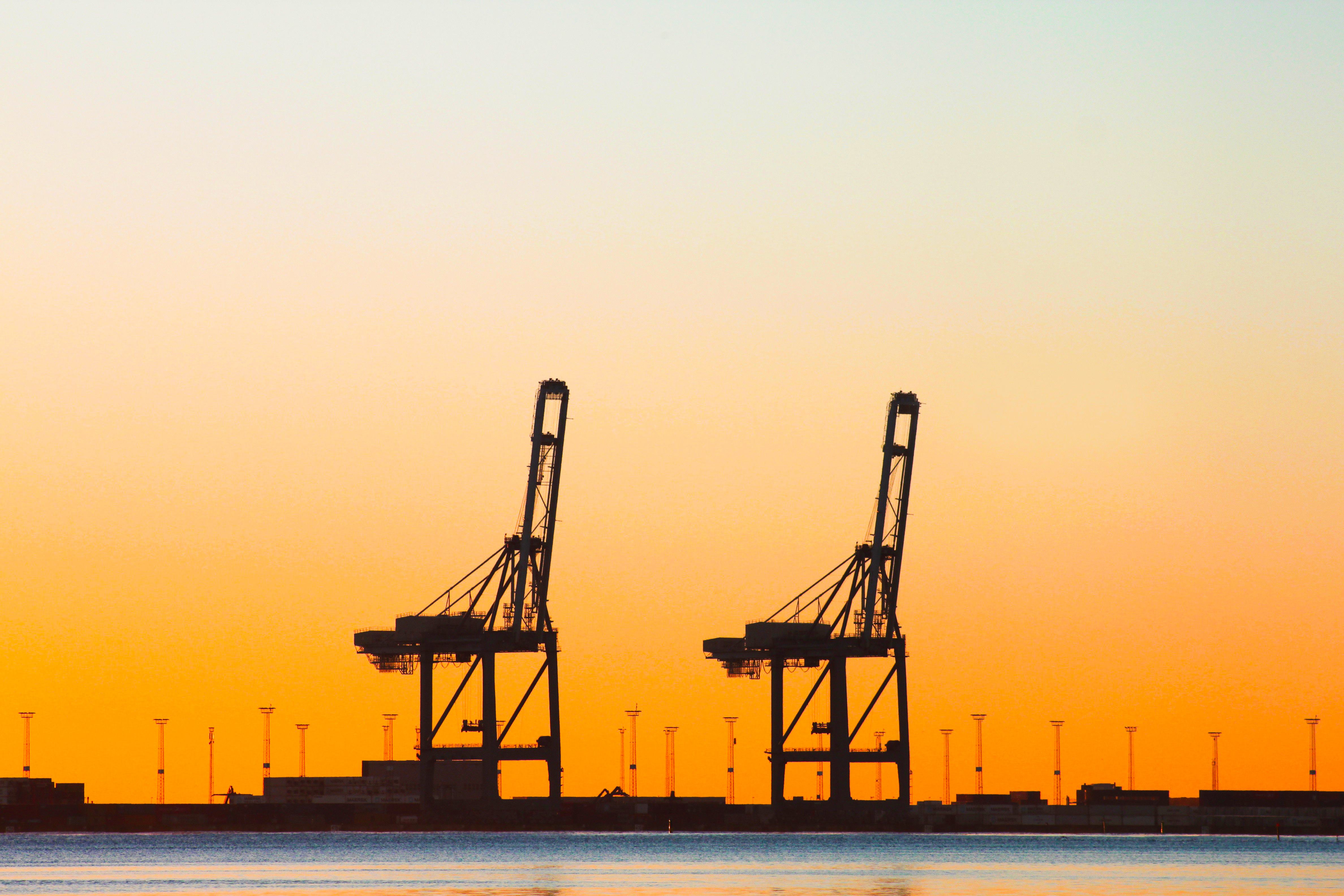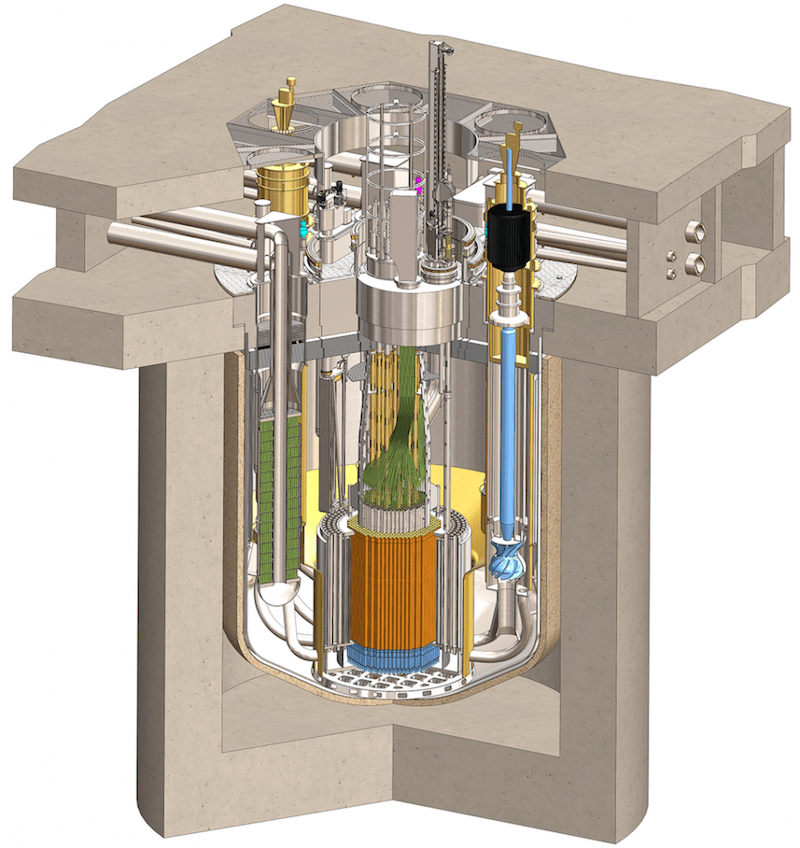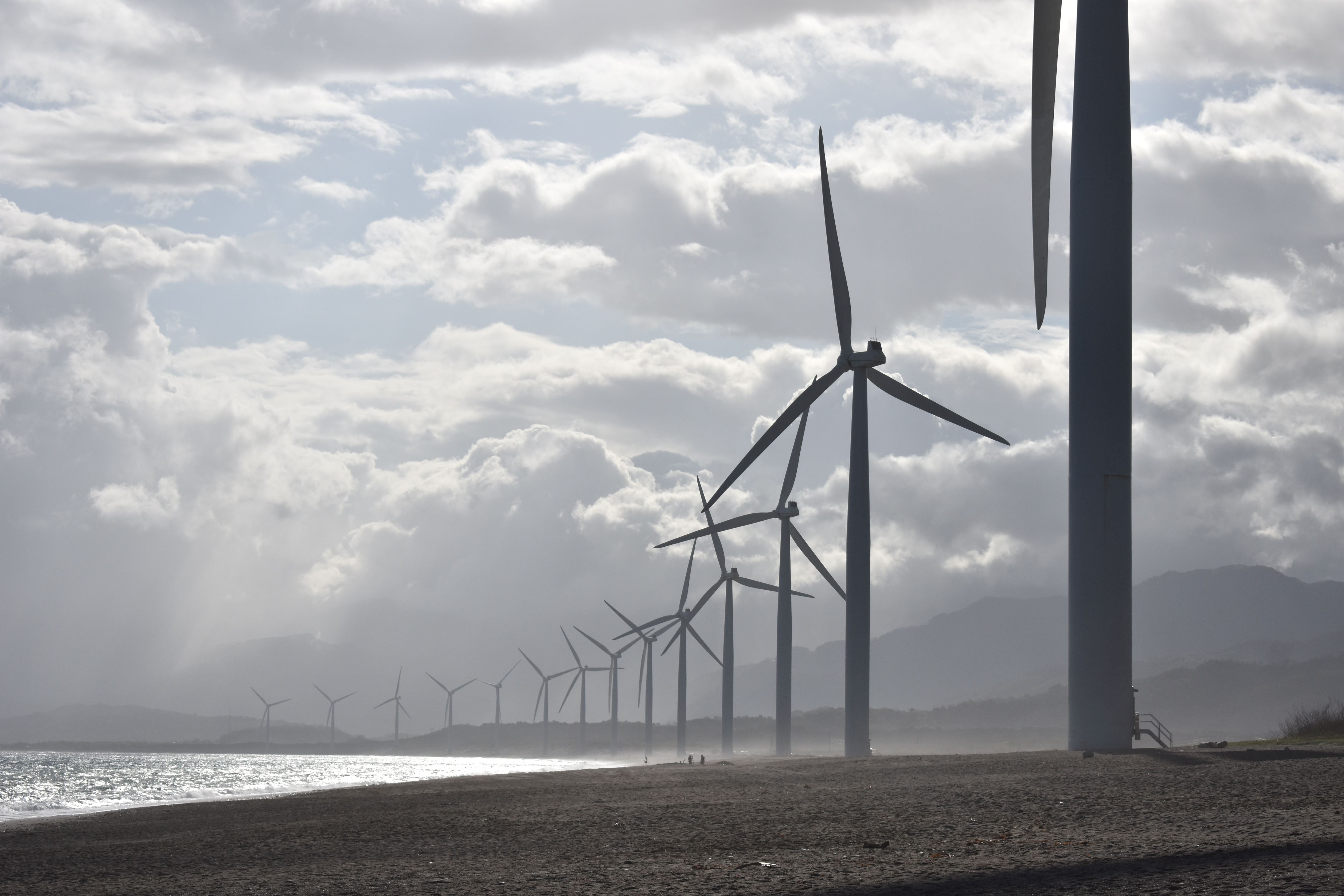
As Oman ramps up production of green hydrogen, ammonia and methanol in pursuit of lofty production targets, the Sultanate is eyeing bunkering as an offtaker for its green fuels.
Multiple green fuel production facilities are under development in Oman, including a plant in Duqm expected to produce 100,0000 tonnes of green ammonia annually from 2027. The nation has a target of 1 million tonnes of green hydrogen production by 2030, a component of both ammonia and methanol.
Bunkering hubs like Singapore, Fujairah and Rotterdam will struggle to produce large enough volumes of green fuels to replace current bunkers, Essam Al Sheibany, Vice President for Sustainability at ASYAD Group, told ICS Leadership Insights, and that could prove to be to Oman’s benefit.
“You want to go to where the fuel is produced, because that way the price will be competitive, rather than paying a premium for it to be produced, transported and sold somewhere else. We could be at an advantage with an attractive price for these fuels because they are produced nearby,” said Al Sheibany.
Government-owned ASYAD is keeping a close eye on fuel trends in shipbuilding as a means of forecasting future fuel demand. In the current low demand environment, prices may be high for green methanol such as that used by Laura Mærsk, said Al Sheibany, but pricing should improve in five to ten years’ time to be affordable to more of the market.
One current challenge in the green methanol space is the sourcing of biogenic CO₂ as a feedstock for green fuel production (viewed as a more climate friendly source of CO₂ resulting from the decomposition, digestion or combustion of biomass like plants, trees or soil), as supplies of biomass and biofuels are currently limited while demand signals from Europe are strong. “If we go in that biogenic direction, the European market will get green methanol at a very premium price… but if you want normal methanol, that’s doable,” said Al Sheibany.
ASYAD is looking into the alternative of direct air capturing of CO₂ and the sale of carbon credits on voluntary markets as a more affordable means of generating green methanol.



